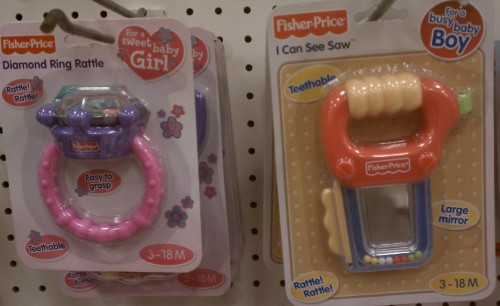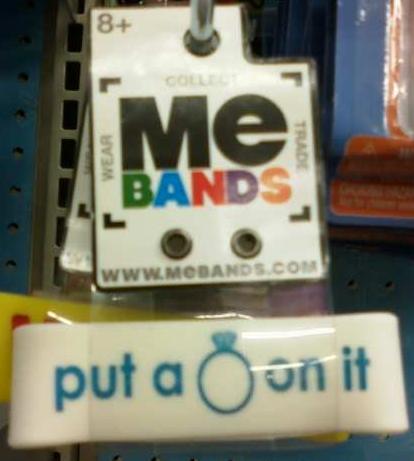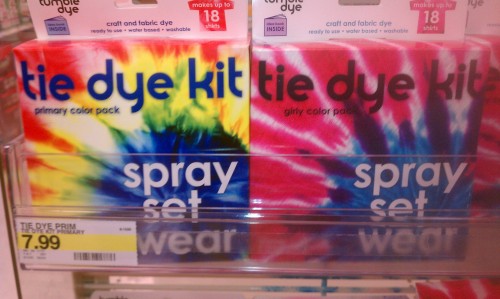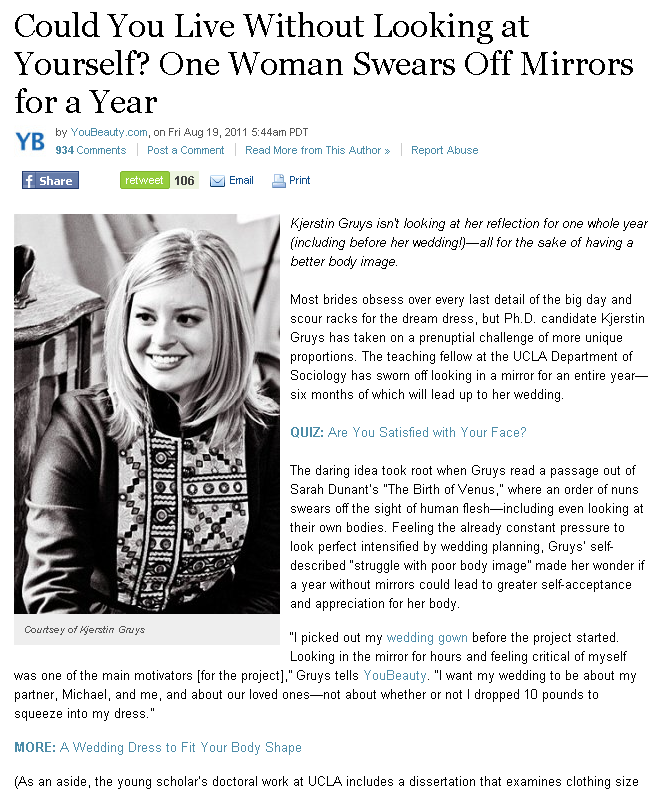College is a good investment. Yes, still. But, as this graph sent in by Deeb shows, entry level wages for college graduate, controlled for inflation, have shown quite a bit of variance over the last 30 years. Starting salaries are consequential. For many jobs raises are calculated as a proportion of your existing salary, such that starting salaries have cumulative effects over the lifetime.
Today’s college graduates, according to the Economic Policy Institute, will have an average starting salary of $1.00 less than ten years ago:
Lisa Wade, PhD is an Associate Professor at Tulane University. She is the author of American Hookup, a book about college sexual culture; a textbook about gender; and a forthcoming introductory text: Terrible Magnificent Sociology. You can follow her on Twitter and Instagram.















